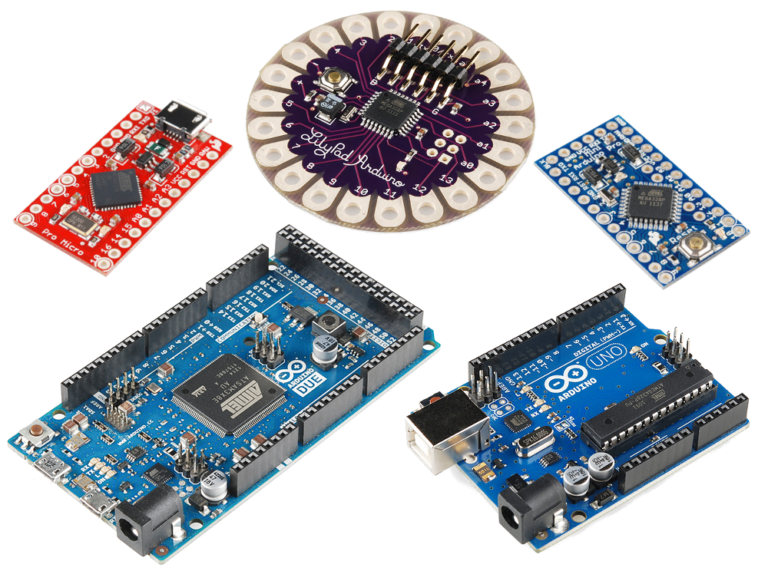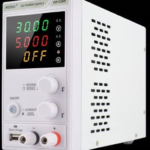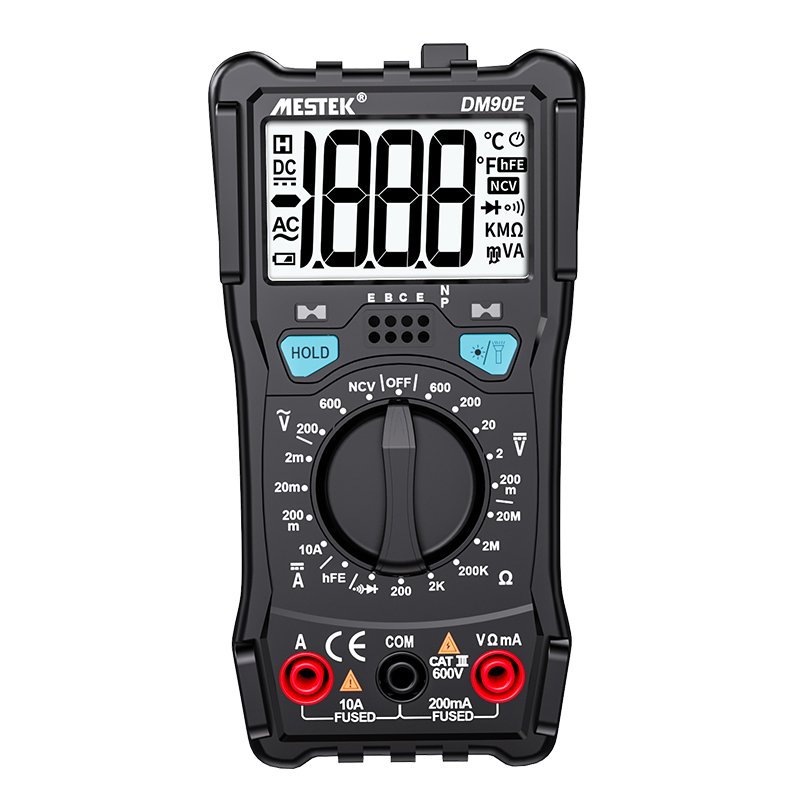Power supplies are an essential part of any electronics project, ensuring that components receive the correct voltage and current to function properly. Whether you’re a hobbyist, student, or professional, choosing the right power regulation method can impact your project’s efficiency and performance. In this guide, we’ll explore the differences between Linear Power Supplies, Buck Converters, Boost Converters, and Buck-Boost Converters to help you make the best choice for your needs. Plus, you can find all the essential power supply components at Nerdshed.com.ng!
1. What is a Linear Power Supply?
A linear power supply regulates voltage by dissipating excess energy as heat. It provides stable output voltage but is less efficient than switching power supplies.
Key Features:
Simple design with low noise
Ideal for low-power applications
Less efficient due to heat dissipation
Best For:
Audio and analog circuits
Laboratory testing
Low-noise applications
Here are some linear power supply available at Nerdshed:
2. What is a Buck Converter? (Step-Down Converter)
A buck converter reduces voltage from a higher input level to a lower output level using a switching regulator. It is more efficient than linear regulators because it minimizes heat loss.
Key Features:
High efficiency (>90%)
Step-down voltage conversion
Used in battery-powered devices
Best For:
Powering microcontrollers (Arduino, ESP32, Raspberry Pi)
Laptop and mobile chargers
DC power distribution
Here are some buck converters available at Nerdshed:
9V/12V/24V/36V to 5V/5A DC-DC Step-down Power Module (4 USB Output with Aluminum Shell)
DC-DC 300W 9A Step Down Buck Converter 5-40V to 1.2-35V Power Supply Module
DC-DC Buck Step Down Power Module 5V USB Charger with LED Digital Display
LM2596 Adjustable Step-Down Power Module With Digital Display
LM2596 DC buck Volt Regulator Converters 5-36v to 1.25-32v 5A 75W Step Down LED
LM2596S DC-DC Adjustable Buck 3A Regulated Power Supply Module 5.5V-35V to 0V-30V
3. What is a Boost Converter? (Step-Up Converter)
A boost converter increases voltage from a lower input level to a higher output level. It is widely used in battery-powered applications that require higher voltages.
Key Features:
Boosts voltage while maintaining efficiency
Compact and lightweight
Common in portable electronics
Best For:
Battery-powered applications (e.g., LED drivers, drones)
Powering sensors and actuators
Step-up voltage for IoT devices
Here are some boost converters available at Nerdshed:
4. What is a Buck-Boost Converter?
A buck-boost converter can either step up or step down voltage depending on input conditions. This makes it highly versatile in applications where input voltage varies.
Key Features:
Flexible voltage regulation (step-up and step-down)
Efficient and compact design
Maintains constant voltage in fluctuating power conditions
Best For:
Battery-powered devices with varying input voltage
Automotive applications (car chargers, power inverters)
Industrial power supply regulation
Here are some buck-boost converter available at Nerdshed:
Choosing the Right Power Supply for Your Project
| Power Supply Type | Function | Best For |
|---|---|---|
| Linear Power Supply | Stable voltage, low efficiency | Audio, lab testing, analog circuits |
| Buck Converter | Steps down voltage efficiently | Microcontrollers, chargers, DC devices |
| Boost Converter | Steps up voltage efficiently | Battery-powered devices, LED drivers |
| Buck-Boost Converter | Steps up or down voltage | Automotive, IoT, variable power applications |
Final Thoughts
Choosing the right power supply ensures stability, efficiency, and longevity in your electronics projects. At Nerdshed, we offer a wide range of power supply modules, converters, and essential components to keep your circuits running smoothly.
🔌 Upgrade your power solutions today! Explore our power supply components at Nerdshed.com.ng.
What power supply do you use most in your projects? Let us know in the comments! 🚀












 Power supply
Power supply





